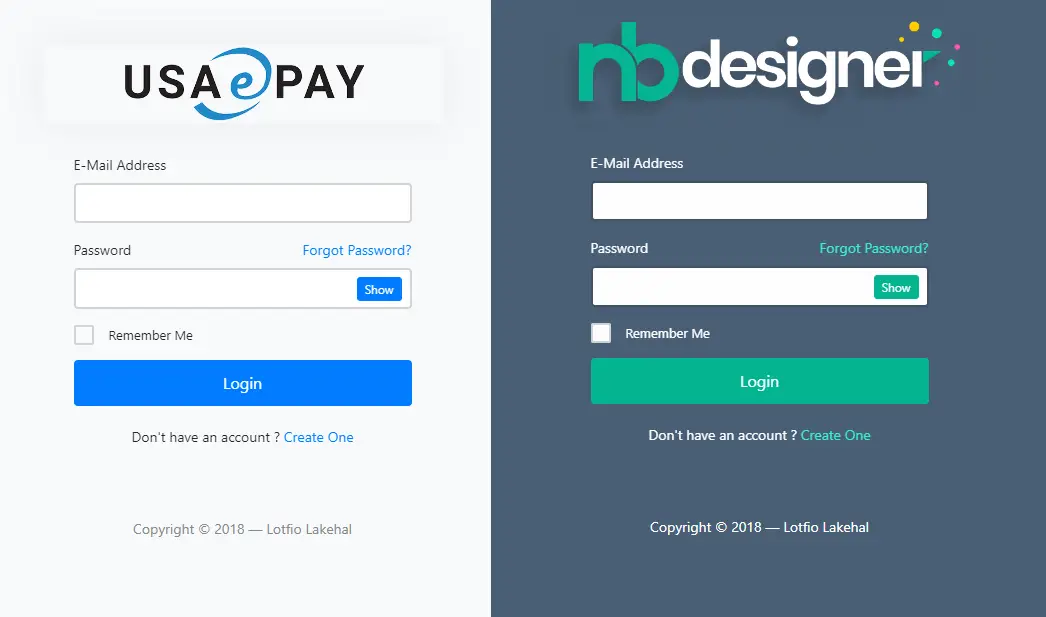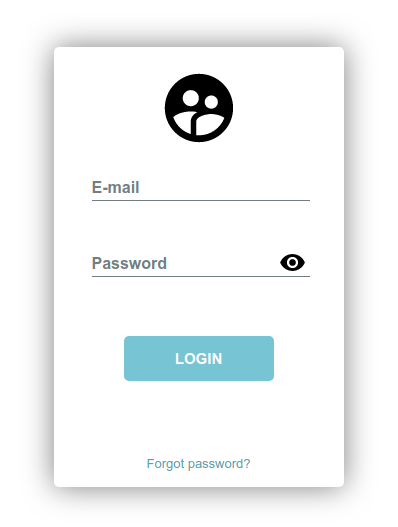IEnumerable<T> vs IQueryable<T>
By Tan Lee Published on Dec 10, 2024 234
The primary difference between IQueryable<T> and IEnumerable<T> lies in how and when the data is retrieved and processed.
The key difference between IQueryable<T> and IEnumerable<T> is how queries are executed.
IQueryable<T>:
- Supports LINQ-to-SQL (or LINQ-to-any other remote data source), meaning queries are translated to SQL and executed on the database.
- For example, when filtering
IQueryable<Customer>withWhere(c => c.IsGold), the filtering happens at the database level, and only gold customers are selected.
When to use:
- When working with remote data sources (e.g., databases) or any provider that supports IQueryable (e.g., Entity Framework).
- When you want to build dynamic, composable queries and let the underlying provider execute them efficiently.
IEnumerable<T>:
- Represents LINQ-to-objects, meaning the entire dataset is first loaded from the database into memory. Then, any further operations (e.g., filtering) are performed in-memory.
- For example, with
IEnumerable<Customer>, all customers are first retrieved from the database, and only after loading the data, filtering (likeWhere(c => c.IsGold)) happens in-memory.
When to use:
- When the data is already in-memory and you are working with collections such as lists or arrays.
- When you don't need to execute the query on a remote server and want to process data locally in-memory.
- C# LINQ Tutorial
- C# LINQ query and method syntax
- Group by in LINQ
- How to get the index of an element in C# LINQ
- Cannot use a lambda expression as an argument to a dynamically dispatched operation
- How to group by multiple columns using LINQ
- Using LINQ to remove elements from a List<T>
- How to Find XML element by name with XElement in LINQ
Categories
Popular Posts
HTML Bootstrap 4 Login, Register & Reset Template
Nov 11, 2024
Login SignUp form using HTML CSS JS
Nov 11, 2024
Responsive Animated Login Form
Nov 11, 2024
HTML Login Form
Nov 11, 2024





